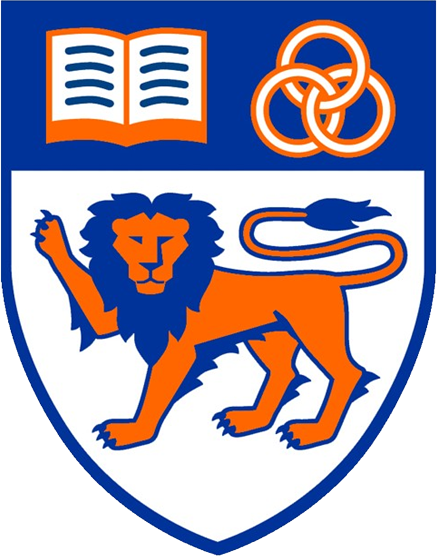Problem F
99 Problems
You’re creating problems for competitive
programming practical examination, but you’re told your
problems are either too hard or too easy. Fortunately, you’ve
got 99 problems and coming up with more ain’t one. To decide on
suitable problems, you will discard problems based on their
difficulty.
After coming up with $N$ problems of difficulty $D_ i$, you will be told to discard either
-
The easiest problem strictly harder than difficulty $D$. If you have problems of difficulties $[10, 10, 11]$ and students find $D = 10$ too hard, you will discard $D_ i = 11$ to get $[10, 10]$.
-
The hardest problem not harder than difficulty $D$. If you have problems of difficulties $[10, 10, 11]$ and students find $D = 10$ too easy, you will discard the last $D_ i = 10$ to get $[10, 11]$.
Input
The first line contains two integers $N$ ($1 \le N \le 5 \times 10^5$) and $Q$ ($1 \le Q \le 10^5$).
The next line contains $N$ integers of $D_ i$ ($1 \le D_ i \le 10^9$), the difficulties of the $N$ problems you came up with.
The next $Q$ lines contain two integers $T$ ($1$ or $2$) and $D$ ($1 \le D \le 10^9$). $T$ corresponds to discarding problems strictly harder than ($1$) or not harder than ($2$) $D$.
Output
For each problem discarded, print the difficulty $D_ i$ of the problem on a new line. If a problem of the required difficulty does not exist or was previously discarded, print $-1$.
Subtasks
-
($1$ Points): Sample Input.
-
($18$ Points): $N \le 10^4$, $Q \le 10^4$, $D \le 10^3$ and $T = 1$.
-
($22$ Points): $N \le 10^4$, $Q \le 10^4$ and $D_ i \le 10^3$.
-
($19$ Points): $Q \le 10^4$ and $D_ i \le 10^3$.
-
($25$ Points): $Q \le 10^4$ and $D_ i$ are unique.
-
($15$ Points): No additional constraints.
Warning
The I/O files are large. Please use fast I/O methods.
| Sample Input 1 | Sample Output 1 |
|---|---|
3 4 10 10 11 1 10 1 10 1 9 1 5 |
11 -1 10 10 |
| Sample Input 2 | Sample Output 2 |
|---|---|
3 4 10 10 11 2 10 2 10 2 10 2 15 |
10 10 -1 11 |

